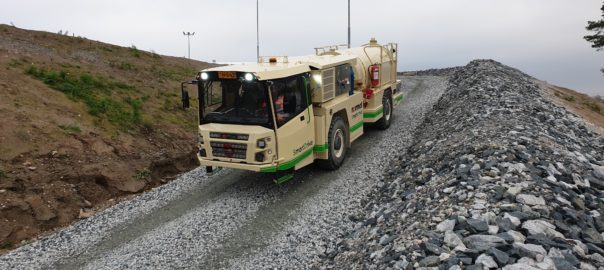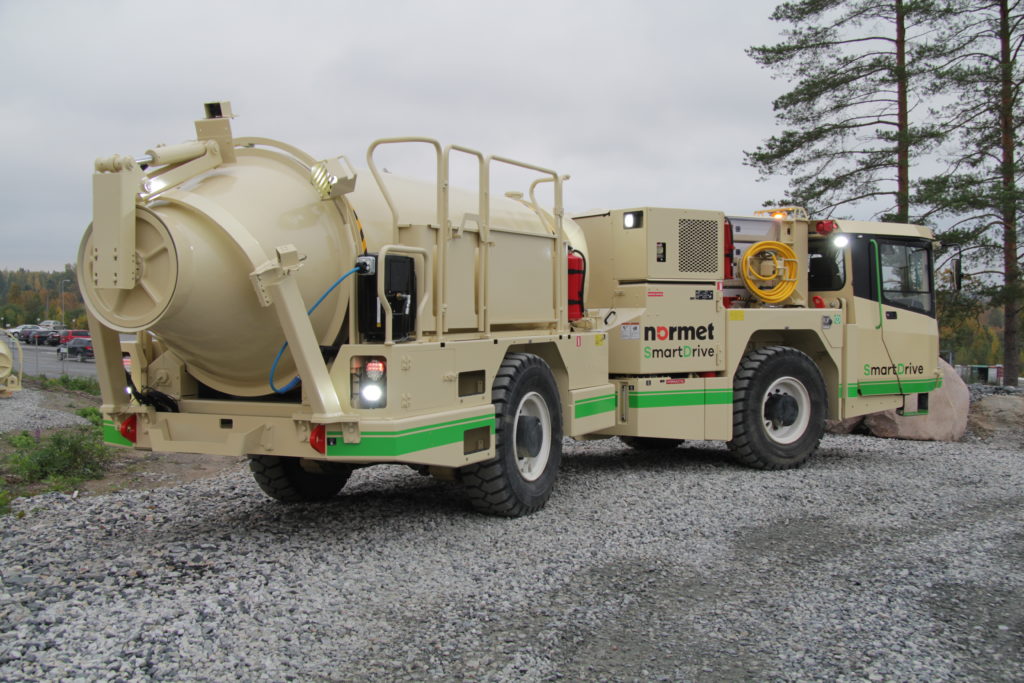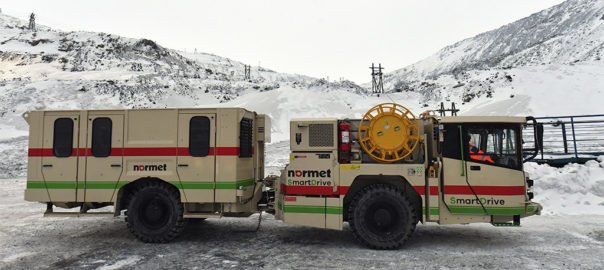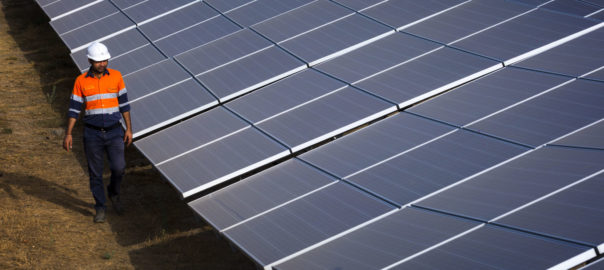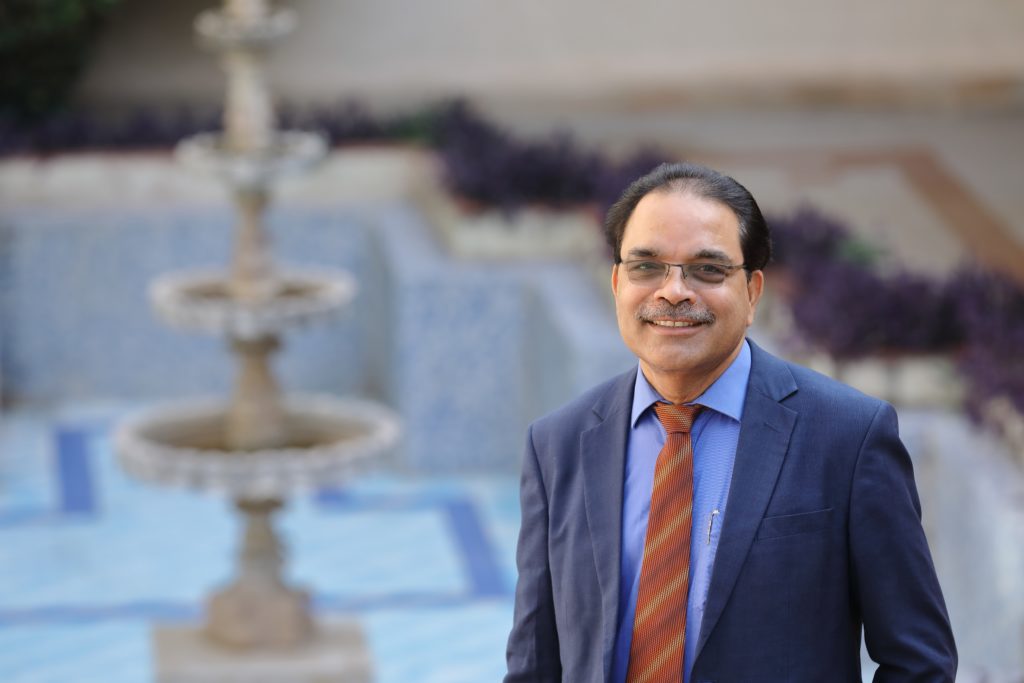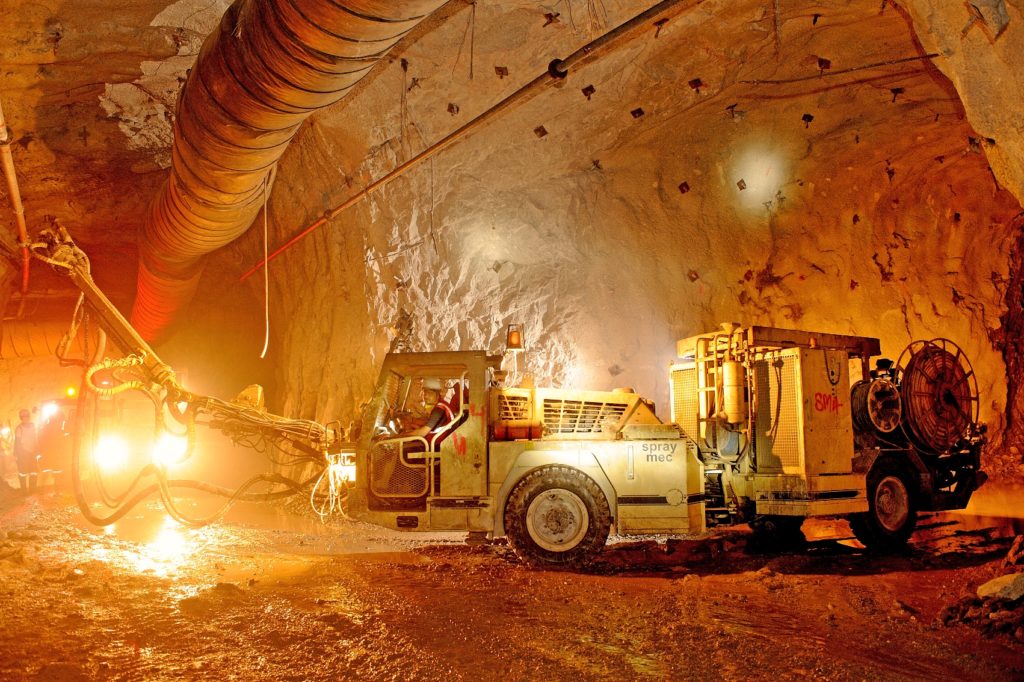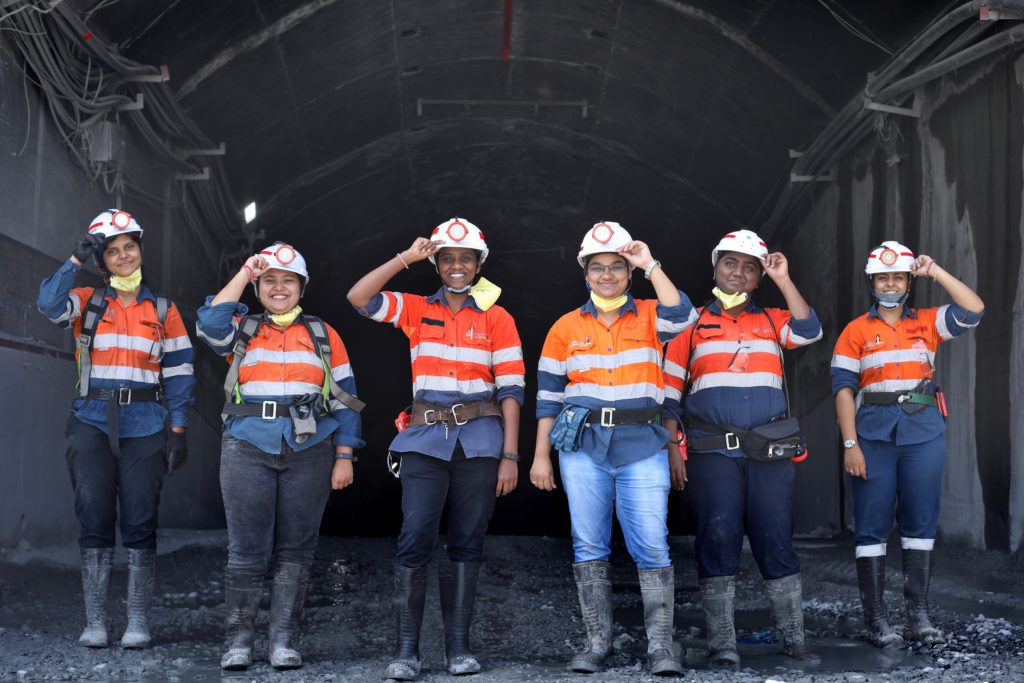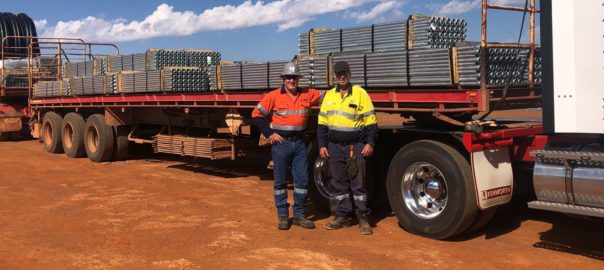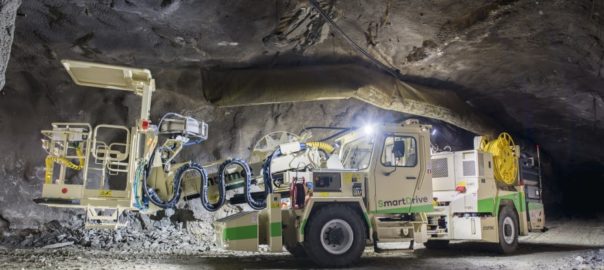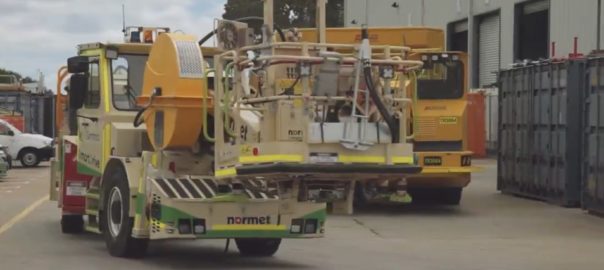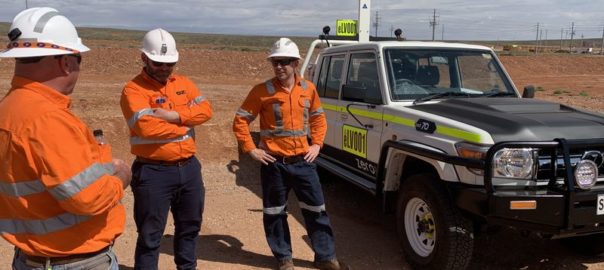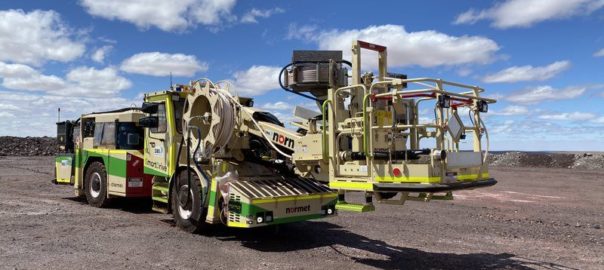Xerotech, a leader of battery technology for heavy-duty non-road mobile machinery (NRMM), has announced a partnership with Switzerland-based VSH (VersuchsStollen Hagerbach – Hagerbach Test Gallery) and other founding members, Amberg Group, Normet, Motics, Alumina and Fortescue Future Industries in the creation of a Sub Space Energy Hub.
This development allows Xerotech to partner with VSH’s leadership in underground mining to fast-track the potential of underground mining electrification and work with other companies and thought leaders in this space, it says.
The new SUBSPACE ENERGY HUB at VSH in Switzerland offers the ideal platform for the harmonised development, prototyping and installation of new technologies that promote best practice in sustainable energy use and storage, combining both above and underground facilities, according to the partners.
Dr Barry Flannery, CEO of Xerotech, said: “This facility provides a platform to continue pushing the boundaries of our next-generation battery technology as we continue to break the limitations of what is possible in terms of NRMM electrification. This will rapidly benefit our customers who are under increasing pressure to find viable ways to electrify vehicles that at one point were thought to be too big or difficult to convert to electric.”
Michael Kompatscher, General Manager at Hagerbach Test Gallery Ltd, said: “Together with the partners like Xerotech, VSH will be transformed into a visionary sustainable and CO2 neutral underground infrastructure where construction and operation of underground space usage will be developed, prototyped and launched. This will be a model ecosystem of sustainable energy storage and delivery, above and below ground, and how it supports green energy use in future cities.”








